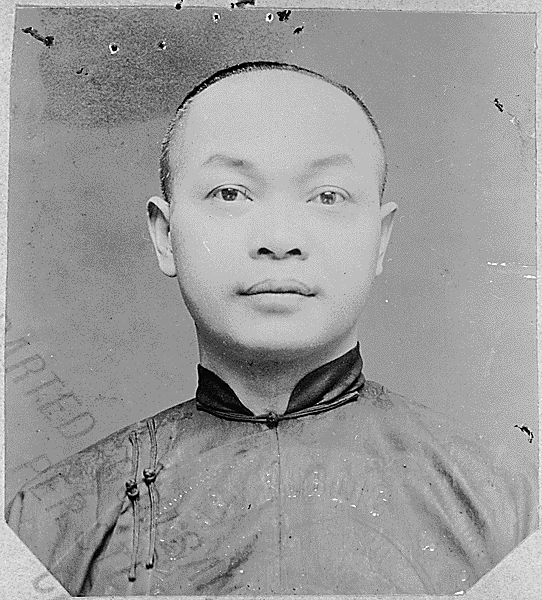 We have talked about the perpetual foreigner stereotype, but exactly how prevalent is it? Is it getting stronger or weaker? With whom is this stereotype more deeply root? A recently published paper took a data-driven approach to answer these questions. Who is American? A comprehensive analysis of the American = White/Foreign = Asian stereotype (2007–2023) analyzes the perpetual foreigner stereotype and makes a number of interesting conclusions.
We have talked about the perpetual foreigner stereotype, but exactly how prevalent is it? Is it getting stronger or weaker? With whom is this stereotype more deeply root? A recently published paper took a data-driven approach to answer these questions. Who is American? A comprehensive analysis of the American = White/Foreign = Asian stereotype (2007–2023) analyzes the perpetual foreigner stereotype and makes a number of interesting conclusions.
As the paper may be hard to parse for people not accustomed to reading academic published work, I will summarize what I think are the most interesting points. As you might expect, the American = White association, was strongest among White Americans. It was particularly strong with Americans who lived in places where there weren’t many Asian Americans or who were older or more conservative. I found it interesting that these factors were much stronger than other factors like gender and education levels (e.g. college-education or not). In a bit of good news, the American = White association has been weakening over the period of 2007 through 2023, although the progress was disrupted by the COVID-19 Pandemic. Let’s hope that this is only temporary.
I am happy that someone has taken a data-driven look at this stereotype. I have talked about the paper’s findings at a very high level – there are more subtleties to the data and the author’s conclusions. I suggest you look at the paper if you are more interested.








